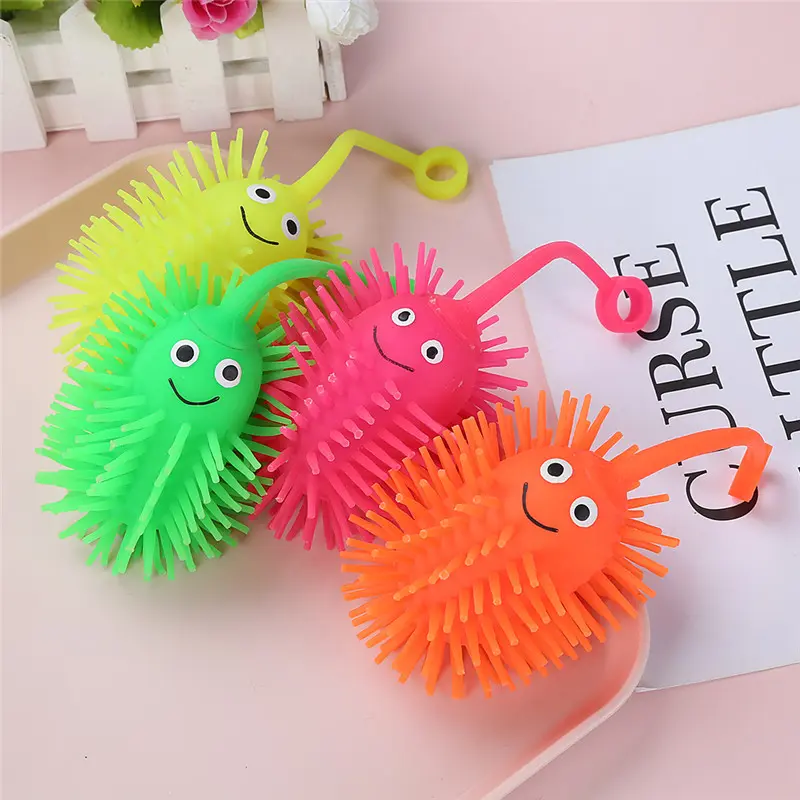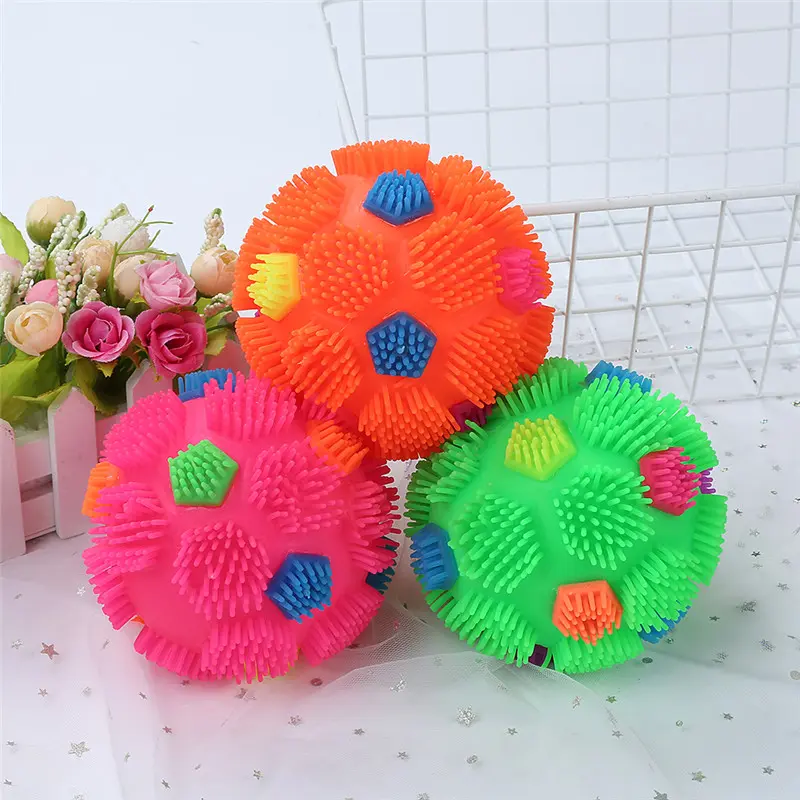The Value of Stress-Relief Toys for Supermarkets
I. Amid the Wave of Emotional Consumption, Supermarkets Strive for a New Market of Essential Needs
The global stress-relief toy market is expanding rapidly, with the children’s segment attracting significant attention due to two key areas of demand:
Evolving Demand for Parent-Child Co-education: Working parents are increasingly concerned about their children’s mental health. Jinan supermarket data shows that sales of adorable children’s “pinching toys” have surged by over 50% year-on-year, demonstrating parents’ willingness to pay for toys that combine entertainment and emotional support.
Scenario-Based Consumption: Supermarkets are a frequent destination for household purchases. After transitioning to a stress-relief toy business, a Fujian factory secured significant overseas orders through the Canton Fair, demonstrating the value of offline channels for export brands.
II. Triple Core Values: Reshaping Supermarket Operational Logic
(I) Customer Traffic Engine: Accurately Capturing High-Value Customers
Targeting the Parent-Child Customer Segment: Children’s stress relief toys target the 3-12 age group, whose parents are mostly high-spending individuals aged 25-40 (over 60% of whom work in the education and financial sectors). This can drive sales of related categories such as snacks and stationery.
Experiential Traffic Generation: Walmart, for example, uses interactive experience areas for products like stress relief balls and silicone “Whack-a-Mole” toys, using tactile feedback to stimulate spontaneous purchases. According to research, offline experiences can increase conversion rates by 37%.
(II) Profit Optimization: Dual Driven by High Efficiency and Strong Repeat Purchases
Significant Gross Profit Advantage: Toys made of materials like plant fibers and silicone can achieve a markup on cost of 80%-120%, far exceeding the 40%-60% for traditional children’s toys. Accelerated Inventory Turnover: Impulse-buy products priced between 20 and 50 yuan (such as stress-relieving pendants) have a turnover cycle of just 15-20 days, adapting to the operational pace of supermarket FMCG products.
Long-Tail Revenue: Personalized toys (such as stress-relieving balls imprinted with supermarket brands’ IPs) foster customer loyalty, with a 23% higher repurchase rate than standard toys.
(III) Differentiation Barriers: Breaking Through the Dilemma of Homogeneity
Product Innovation Breakthroughs:
Technology-Integrated Products: Smart stress-relieving toys with lighting and sound effects cater to the preferences of Generation Z parents.
Eco-Friendly and Safe Products: Bamboo and corn starch-based products meet the compliance requirements of European and American supermarkets.
Scenario-Based Displays: Modeled after Target’s “Parent-Child Stress Relief Corner,” products are integrated with children’s and stationery areas to increase the rate of related purchases.
Brand Collaboration Value Added: Collaborations with brands like Disney and Alpha Animation can increase price premiums by over 30%.
III. Supermarket Implementation Guide: A Full-Chain Strategy from Product Selection to Operations
Graded Product Selection:
Traffic-Driven Products: 10-20 RMB Stress-Relief Squeezing Toys (Highest Turnover Rate);
Profitable Products: 30-80 RMB Smart Interactive Toys (Gross Profit Over 60%);
Image Products: Customized Supermarket Theme Sets (Enhance Brand Identity).
Compliance and Supply Chain Assurance:
Qualification Certifications: Obtain CE, CPSC, and other export certifications in advance;
Flexible Supply: Select factories in Fujian and other locations (to quickly respond to surges in orders).
Marketing Collaboration:
Offline: Host “Parent-Child Stress Relief Workshops” and link them to purchase-plus gift promotions;
Online: Publish “Stress Relief Toy Reviews” through supermarket social networks to encourage in-store verification.
IV. Future Trends: A Trillion-Dollar Market Driven by Emotional Consumption
With the rise of emerging markets like South America and Africa, children’s stress relief toys are evolving from “optional” to “must-have.” If supermarkets can seize this market share, they can not only achieve short-term sales growth, but also build a differentiated positioning as a “family emotional consumption center” and open up a second growth curve in the competition for existing products.
Post time: Oct-27-2025

